In the animal kingdom, few survival strategies are as fascinating and extreme as estivation – a process where certain frogs deliberately bury themselves alive, sometimes for months or even years. This remarkable adaptation allows these amphibians to endure harsh environmental conditions that would otherwise prove fatal. From the deserts of Australia to the seasonal wetlands of Africa, frogs around the world have independently evolved this extraordinary capability to essentially shut down their bodies when external conditions become intolerable. But what drives these creatures to entomb themselves in the earth, and how do they manage to survive what seems like a living burial? The answers reveal one of nature’s most impressive examples of evolutionary problem-solving.
The Survival Strategy of Estivation

Estivation (sometimes spelled aestivation) is a state of dormancy that certain animals, including several frog species, enter during periods of extreme heat and drought. Unlike hibernation, which occurs in cold conditions, estivation is triggered by hot, dry environments. When water sources evaporate and temperatures soar, estivating frogs dig themselves into the soil where they remain in a dormant state until conditions improve. During this time, their metabolic rate plummets dramatically – sometimes to just 20-30% of normal levels – allowing them to survive on minimal energy reserves. This adaptation represents an evolutionary solution to environmental challenges that would otherwise make survival impossible for these moisture-dependent amphibians.
Masters of Self-Burial: The Spadefoot Toads
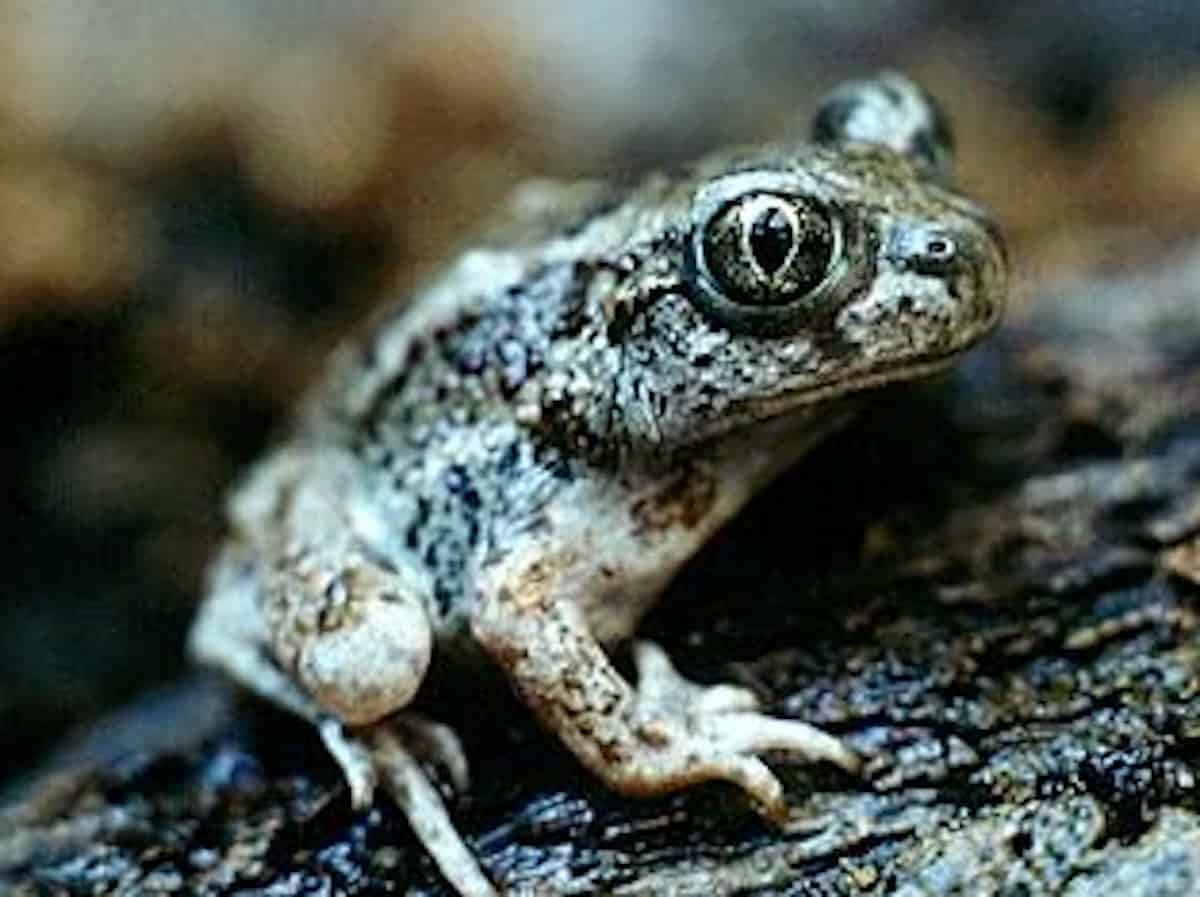
Among the most accomplished self-buriers are the spadefoot toads (family Scaphiopodidae in North America and Pelobatidae in Europe). These remarkable amphibians get their name from the hardened, shovel-like projections on their hind feet, which they use like natural digging tools. When drought conditions approach, spadefoots can dig backwards into the soil with astonishing efficiency, completely disappearing below ground in just minutes. The North American Spadefoot (Spea multiplicata) has been documented to burrow down to depths of three feet or more, where soil moisture remains relatively stable even during severe surface drought. Their specialized anatomy represents a clear evolutionary adaptation specifically designed for this self-burial behavior.
The African Bullfrog’s Extreme Dormancy

The African Bullfrog (Pyxicephalus adspersus) takes estivation to extraordinary lengths. These massive frogs, which can weigh over 4 pounds, have been documented to remain buried for up to seven years during extreme drought conditions in their native habitats. Before estivating, the African Bullfrog gorges itself to build up fat reserves, then secretes a specialized mucus that hardens around its body, forming a protective cocoon that prevents dehydration. Only a small opening near the nostrils remains, allowing minimal gas exchange. When rains finally return, these frogs can sense the moisture and rapidly rehydrate, emerging from their self-made tombs to resume normal activity. This remarkable adaptation allows them to survive in areas where drought cycles can last for several years.
The Cocooned Water-Holding Frog

Perhaps the most specialized estivator is Australia’s Water-Holding Frog (Cyclorana platycephala), whose Aboriginal name “Billycan” refers to its water-storing capabilities. These frogs take self-burial to another level by secreting a gelatinous cocoon made of shed skin and mucus that completely envelops their body except for their nostrils. Inside this cocoon, they can survive for up to five years underground. Aboriginal peoples historically knew how to locate these buried frogs and would gently squeeze them to extract stored water from their bladders – a critical survival skill in Australia’s harsh deserts. The frogs survive this process and return to their burrows. Their skin cocoon is remarkably efficient, reducing water loss by more than 80% compared to non-cocooned frogs.
Physiological Changes During Self-Burial
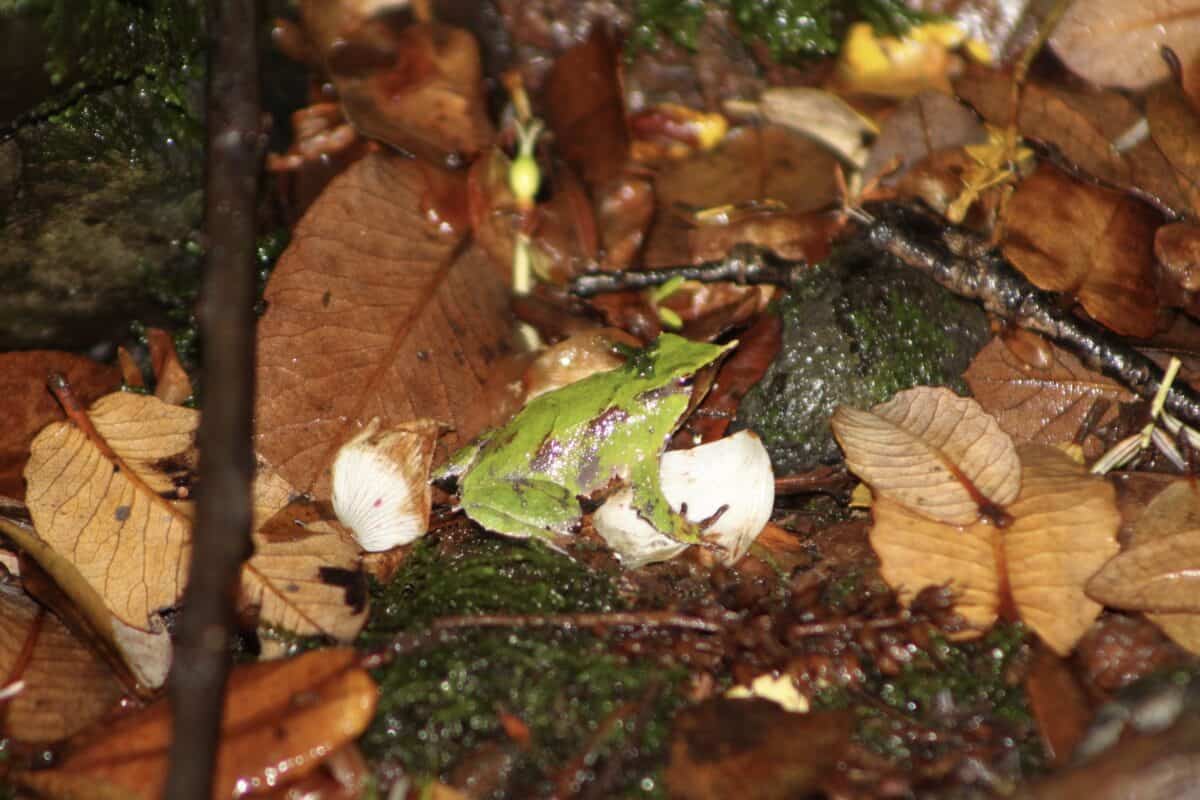
The physiological transformations that occur when frogs bury themselves are profound. Upon entering estivation, their heart rates drop dramatically – in some species from over 100 beats per minute to fewer than 10. Oxygen consumption may decrease by up to 80%. Their digestive systems essentially shut down, and they rely entirely on fat stores for the minimal energy needed to maintain basic cellular functions. Perhaps most remarkably, some estivating frogs can tolerate the accumulation of waste products in their blood that would be toxic under normal circumstances. The African Bullfrog, for instance, converts toxic ammonia waste into less harmful urea, which then concentrates in its tissues without causing damage – a biochemical feat that has attracted attention from medical researchers studying kidney disease.
Triggers for Emergence from Burial
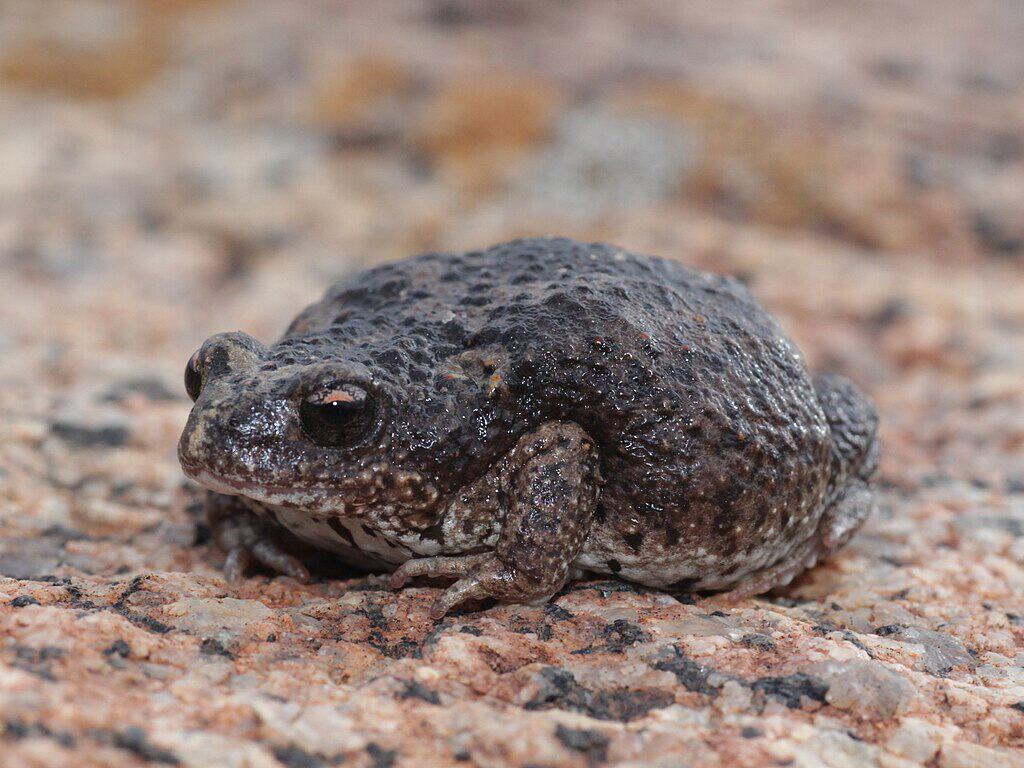
How do buried frogs know when it’s safe to emerge? These amphibians have evolved remarkably sensitive detection systems for environmental changes. Most estivating frogs can detect vibrations and pressure changes caused by rainfall through the soil. Some species respond to specific sound frequencies generated by heavy rain or can sense changes in soil moisture through their skin even while encased in protective cocoons. The Desert Rain Frog (Breviceps macrops) is so attuned to rainfall patterns that it can emerge from burial within hours of a significant rain event, sometimes even before the ground surface appears wet. This precise timing maximizes their opportunity to feed and breed during the often brief windows when desert environments become temporarily hospitable.
Environmental Cues That Trigger Self-Burial

The decision to bury oneself isn’t made lightly in the frog world. Several environmental cues trigger this extreme behavior. Decreasing water levels in ponds and wetlands serve as primary signals, often detected through chemical changes in the water as it concentrates. Increasing soil temperature also acts as a crucial trigger, with many species beginning burial behavior when ground temperatures reach specific thresholds. Some frogs even respond to barometric pressure changes that precede seasonal shifts. The Mexican Spadefoot Toad (Spea multiplicata) has been observed to begin estivation preparations up to two weeks before the onset of the dry season, suggesting they may respond to subtle environmental cues imperceptible to humans.
The Role of Climate Change on Self-Burying Frogs

Climate change poses significant challenges for estivating frog species. While these amphibians have evolved to survive drought, the increasing frequency and severity of drought events may push them beyond their physiological limits. Extended dry periods may force frogs to remain buried longer than their energy reserves can sustain. Conversely, unpredictable rainfall patterns can disrupt the environmental cues that trigger emergence, potentially causing frogs to emerge at inappropriate times. A 2022 study in Australia found that Water-Holding Frogs emerged earlier than normal during an unusually warm winter, only to face harsh conditions that led to higher mortality. As climate patterns become more erratic, the finely-tuned adaptations that allow these frogs to survive through self-burial may become less effective, threatening populations that have survived drought cycles for millions of years.
Evolutionary Origins of Self-Burial Behavior

The ability to estivate appears to have evolved independently multiple times across different frog lineages, representing a fascinating example of convergent evolution. Molecular clock analyses suggest that estivation behaviors in African bullfogs emerged approximately 10-15 million years ago, coinciding with the aridification of parts of the African continent. In Australia, the Water-Holding Frog’s estivation adaptations likely evolved around 20 million years ago as the continent became progressively drier. Interestingly, fossil evidence from Wyoming shows specialized digging structures in ancient frog species dating back 50 million years, suggesting that self-burial adaptations may have been present long before current desert conditions emerged. This indicates that the ability to bury oneself as a survival strategy provided evolutionary advantages even before extreme drought conditions became common in these regions.
The Mysteries of Underground Frog Communities

Recent research has revealed surprising social dimensions to buried frog life. In some species, estivating frogs don’t always bury themselves individually. Studies of Couch’s Spadefoot Toad (Scaphiopus couchii) in Arizona have documented multiple individuals sharing the same underground chamber during estivation periods. Using ground-penetrating radar and careful excavations, researchers discovered that up to eight adult toads may cluster together in a single underground chamber. This communal estivation may provide thermal benefits, as these aggregations maintain slightly higher humidity levels than the surrounding soil. It remains unclear whether these groupings are intentional or merely the result of limited suitable burrowing sites. Even more intriguingly, some estivating frogs appear to position themselves near ant or termite colonies, possibly to exploit the more stable microclimate conditions these insect communities create.
Biomedical Implications of Frog Estivation
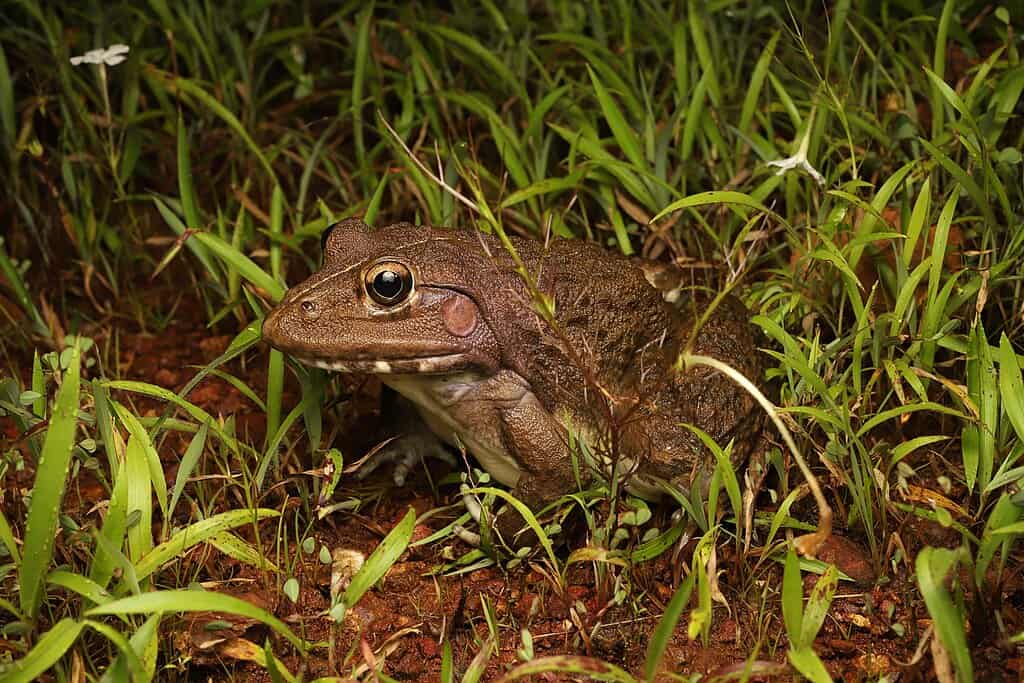
The remarkable physiological adaptations that allow frogs to survive burial have significant implications for biomedical research. Scientists studying organ preservation for transplantation are particularly interested in how estivating frogs prevent tissue damage during extended periods of reduced oxygen and blood flow. The African Bullfrog produces specialized proteins that protect its cells from oxidative damage during the transition from dormancy to active state – a process similar to what happens during organ transplantation. Additionally, the waste management systems of estivating frogs offer insights for kidney disease research. In 2019, researchers identified novel compounds in the Water-Holding Frog that appear to prevent muscle wasting during extended dormancy, opening potential pathways for treatments targeting muscular degenerative diseases. These frogs’ natural ability to enter and exit states of extremely reduced metabolism without organ damage represents a potential treasure trove for medical applications.
Conservation Challenges for Self-Burying Species

Estivating frog species face unique conservation challenges. Their buried state makes population assessments difficult, as traditional survey methods often miss dormant individuals. Agricultural development poses a particular threat, as plowing and irrigation can directly destroy buried frogs or disrupt the soil conditions needed for successful estivation. Mining activities in Australia have significantly impacted Water-Holding Frog populations by altering groundwater dynamics. Conservation efforts are further complicated by the limited understanding of exactly where these frogs bury themselves in their natural habitats. A promising development has been the use of environmental DNA (eDNA) techniques to detect the presence of estivating frogs from soil samples, allowing researchers to identify critical underground habitat without disturbing the animals. Protected areas for these species must consider both their above-ground active habitats and the often separate locations where they spend the majority of their lives buried.
Conclusion: Life’s Remarkable Adaptability
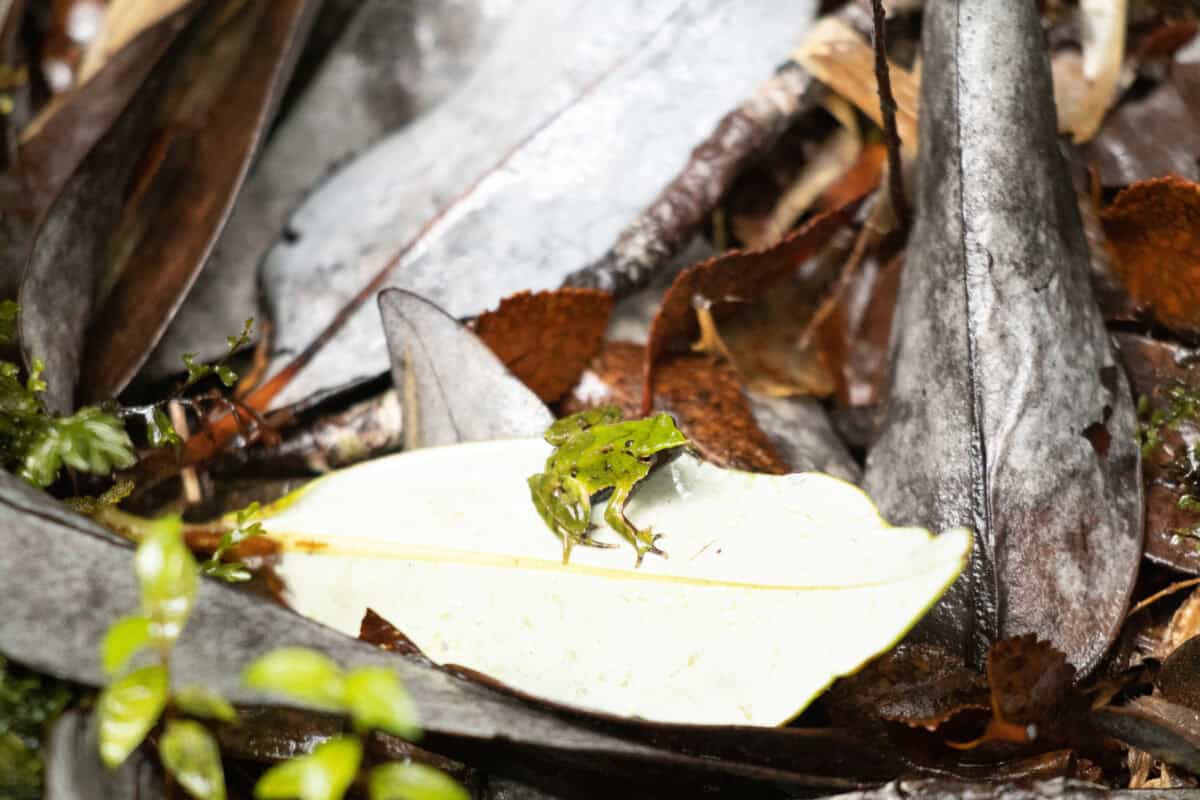
The phenomenon of frogs burying themselves alive represents one of nature’s most extraordinary adaptations to environmental challenges. These amphibians have evolved complex physiological and behavioral mechanisms that allow them to essentially pause their lives when external conditions become intolerable, sometimes for years at a time. Their remarkable ability to drastically reduce metabolism, prevent dehydration, manage waste, and then return to normal function challenges our understanding of the boundaries between life and death. As climate change alters the environments these specialized frogs have adapted to over millions of years, their continued survival will depend on both the plasticity of their remarkable adaptations and our efforts to protect their unique habitats. These self-burying frogs remind us that life on Earth has evolved countless ingenious solutions to seemingly impossible challenges – even if that means temporarily burying oneself alive.
- This Fish Has the Most Teeth in the Ocean—And Uses Them Well - August 9, 2025
- How Wolves Use Group Howls to Reunite With Pups - August 9, 2025
- 12 Dog Breeds That Form the Deepest Emotional Bonds with Their Owners - August 9, 2025

